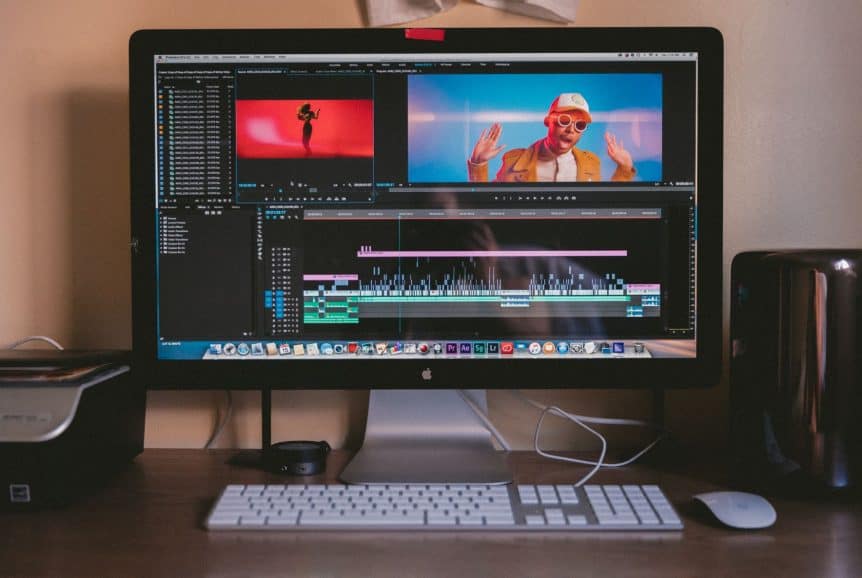As video consumption behaviors shift, so must marketers. While a lag between viewing behaviors and ad buying strategies remains, recent data suggests that marketers fed up with linear buys may now be ready to turn to programmatic digital video advertising soon.

Concerning audience fragmentation, 54.8% of marketers surveyed noted that their target consumers simply have “too many channels to choose from.” To compound this, 43.4% of marketers indicated that cord-cutting makes their target audiences particularly hard to reach.
Marketers note the difficulty in capturing audience attention even when audiences can be reached via linear television buys. First, 45.8% of marketers felt that consumers are too distracted by their second screens (i.e., their mobile phones and tablets) to pay attention to their commercials.
Even watching television during commercial breaks, over a third (36.2%) of marketers find that “breaking through the ad clutter” is a problematic task holding back their campaigns.
So how are marketers shifting their strategies to mitigate these frustrations? According to an IAB study:
- 52.3% are turning to cross-device audience recognition
- 49.2% are looking for better reporting, measurement, & attribution
- 40.0% are looking for more innovative AI-powered solutions
- 29.2% are turning to omnichannel programmatic buys
As a result, traditional television ad spending is expected to fall by 2% over the next four years. Meanwhile, digital video ad spending is expected to climb 92% over the same period. In many areas, that increase in spending is expected to happen programmatically:
As advertisers are looking for ways to garner the attention of distracted audiences, so channels that claim mobile attention in those in-between moments are expected to surge. For instance, social video ad spending is estimated to grow 49% by 2020.
As these marketers branch out and explore new channels for video engagement, it’s no wonder that half of the advertisers are looking for better reporting & cross-device attribution or that nearly a third of them are looking to streamline their buying process programmatically. If you are investing in Digital Video Advertising, call us to discuss how we can get you the best placement, and better pricing than you’re currently paying with white glove managed service.

